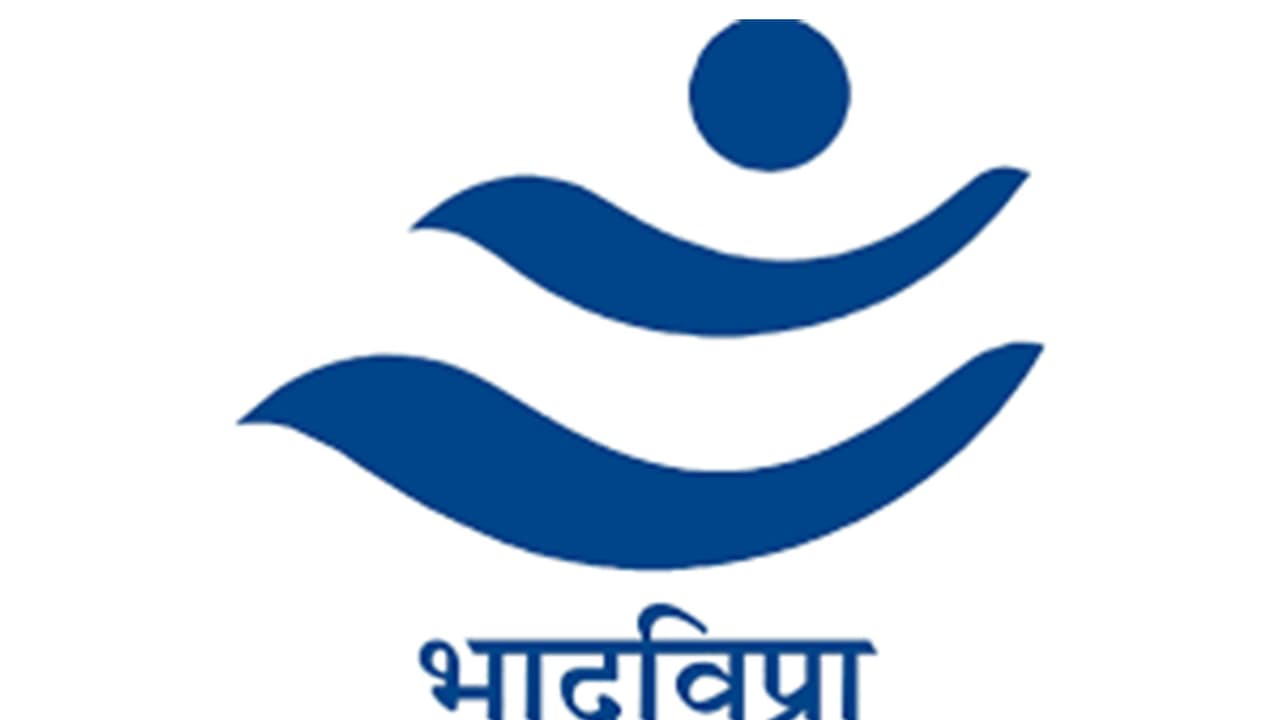The Telecom Regulatory Authority of India has released recommendations for a digital radio broadcast policy. New frequencies will be auctioned in major cities, with existing FM broadcasters given an option to migrate by paying a fee.
The Telecom Regulatory Authority of India (TRAI) on Friday released its much-anticipated recommendations on “Formulating a Digital Radio Broadcast Policy for Private Radio Broadcasters.” The policy recommendations outline the terms, conditions, and reserve price for launching digital radio services in four ‘A+’ category cities–Delhi, Mumbai, Kolkata, and Chennai–and nine ‘A’ category cities including Hyderabad, Bengaluru, and Ahmedabad.
New frequencies should be allocated through an auction process as per Section 4(4) of the Telecommunication Act, 2023.
Following the successful auction, existing FM broadcasters should be given the opportunity to migrate to the simulcast mode within a six-month window.
Broadcasters opting for migration would be required to pay the difference between the auction-determined price and the proportionate Non-Refundable One-Time Entry Fee (NOTEF) for the remainder of their license term.
Simulcast operations must begin within two years of either the auction conclusion or acceptance of migration, whichever is applicable, as per the recommendations.
TRAI has recommended that the authorisation fee for digital radio broadcasters be levied on the basis of Adjusted Gross Revenue (AGR), following the model used in the telecommunications sector.
The Applicable Gross Revenue (ApGR) will include only the revenue directly related to radio broadcasting services, excluding unrelated income, and the AGR will be derived after deducting GST from the ApGR. The annual authorisation fee is proposed at 4 per cent of AGR for broadcasters operating in ‘A+’, ‘A’, ‘B’, ‘C’, and ‘D’ category cities.
For those in ‘Others’ and ‘E’ category areas–such as border, hilly regions, North-Eastern states, Jammu & Kashmir, Ladakh, and Island territories–a concessional rate of 2 per cent will apply for the initial three years, after which the standard 4 per cent rate will be applicable. The authority also recommended that the government prepare and publish a frequency plan based on the selected single-technology approach for the 13 identified cities.
The recommendations follow a request from the Ministry of Information and Broadcasting (MIB), dated April 23, 2024, seeking TRAI’s input under the TRAI Act, 1997. To facilitate stakeholder engagement, a consultation paper was released on September 30, last year.
TRAI received 43 comments and 13 counter-comments on the paper, and subsequently held an Open House Discussion on 8th January 2025.
According to the recommendations, digital radio services should initially be launched in a simulcast mode, allowing new broadcasters to operate both analogue and digital transmissions simultaneously, while existing FM broadcasters may choose to migrate to this mode voluntarily.
TRAI also emphasized the need for a single digital radio technology standard across the country, specifically in the VHF Band II spectrum, to ensure uniformity and efficiency.
The selection of this technology may be carried out through industry consultations, integrated into the spectrum auction process, or decided by any method the government finds suitable.
(Except for the headline, this story has not been edited by Asianet Newsable English staff and is published from a syndicated feed.)
